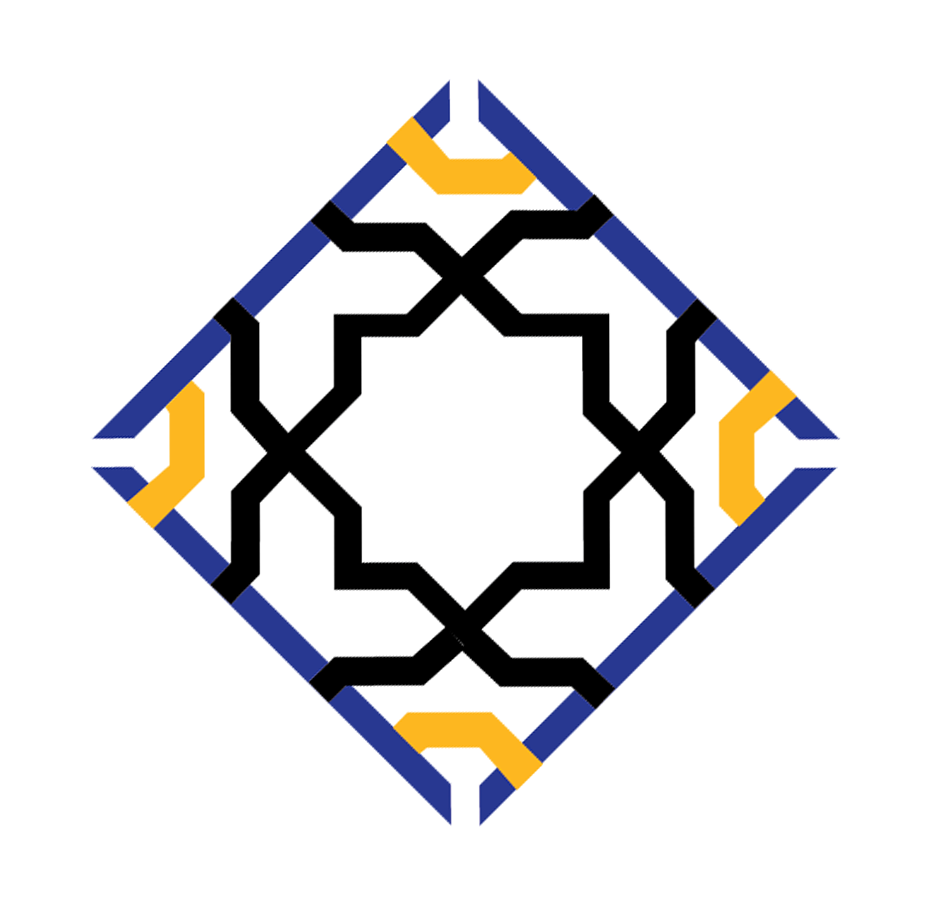The Goan Temple: A Unique Architecture on Its Way Out
By AMITA KANEKAR
The architecture of Goa is a heterogeneous one, the result of its long and cosmopolitan history as an Indian Ocean port, a part of the Islamicate Deccan, and then of the Portuguese empire. And one of its most distinctive and heterogeneous developments is in the realm of temple architecture. The Brahmanical temples that were built in Goa from the seventeenth to the early twentieth centuries were creatively inspired by Renaissance Europe (via the churches of Goa), the Bijapur Sultanate, the Mughals (via the Marathas), and the Ikkeri Nayakas, along with the local architecture. These varied vocabularies came together to produce a recognisable architectural ensemble by the end of the 19th century which spread across the region of Goa and beyond. This is why the Goan temple should be seen as an architectural type in its own right.



